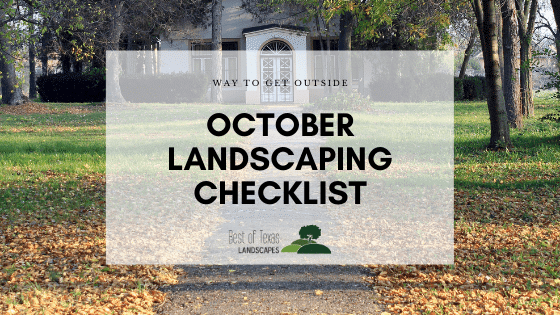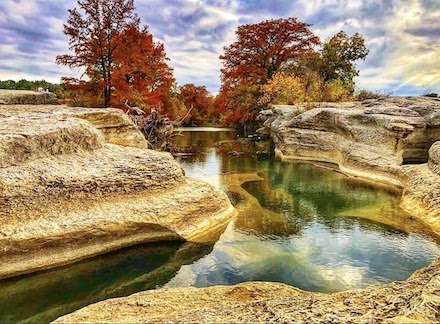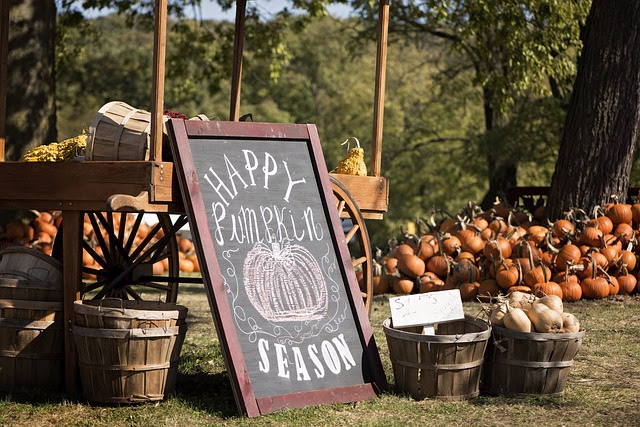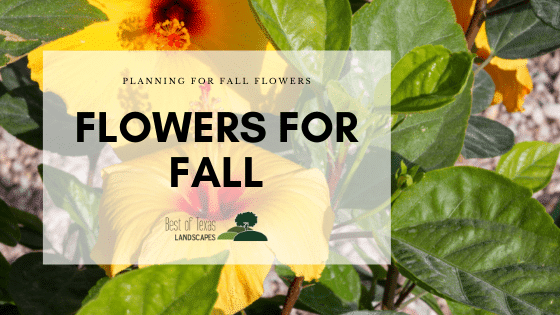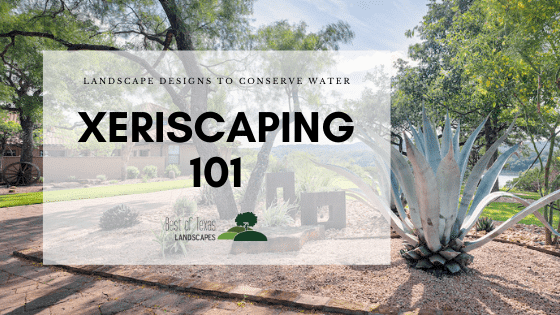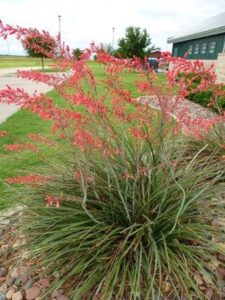
Top Landscaping Trends in 2022
We’ve spent more time at home in the past two years since the Great Depression in the 1930s. So it’s no wonder we have turned our attention to spending more time outside, whether it’s relaxing, dining, entertaining, playing, exercising, or working. The sky’s the limit nowadays. No longer are the backyards regulated for 1-2 outside BBQs, there is a new appreciation for the great outdoors.
Let’s take a look and see what 2022 has in store for you. Whether it’s acres of land or a sub-divided neighborhood, scroll through to see the latest landscaping trends.
Your Front Porch
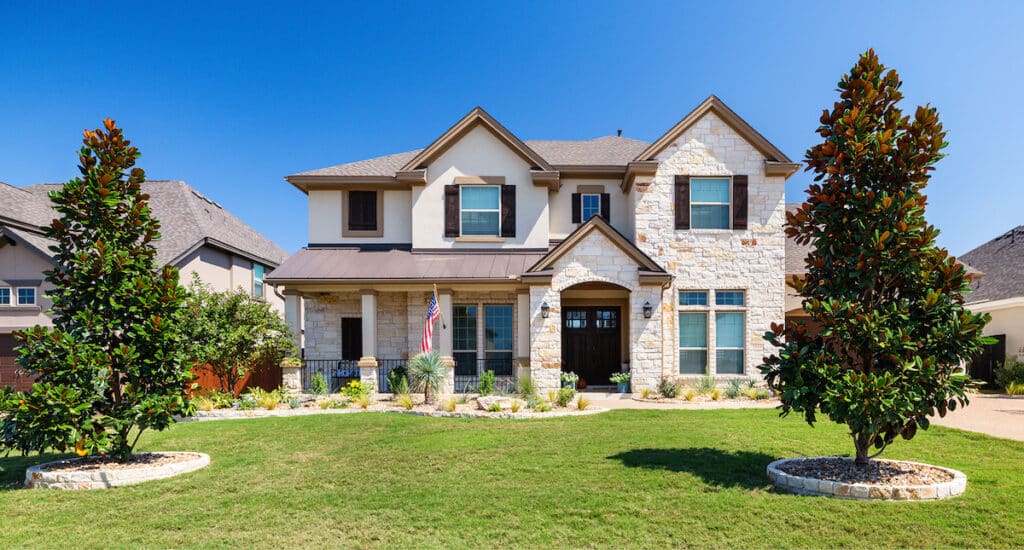
Lockdowns and restrictions have left people craving connection and community more than ever. Therefore, front porches and gardens are becoming a renewed focus for many families. A place to sit back and watch the world go by or relax with your neighbors while the kids play, porches can offer fresh air and vital connection to the world beyond your fence. You can make yours more inviting with comfy seating, good lighting, and potted plants.
Foliage, Grass, & Groundcover
In 2022 you will also see a big focus on greenery, also called Softscapes. Think of it as transporting yourself to the tropics without ever having to leave your home. Grasses are a popular landscaping choice as they are multi-seasonal and rather low maintenance. You can mix in perennials and bulbs to bring in that pop of color everyone loves.
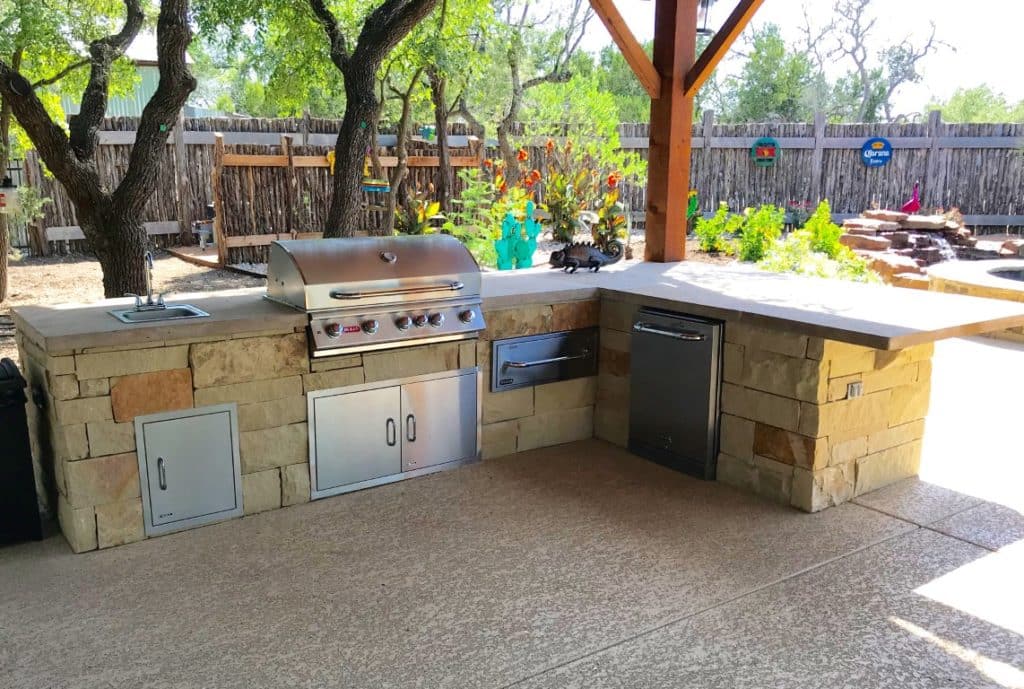
Outdoor Living
You’ve heard of bringing the outdoors in and bringing the indoors out—but why not both? So much time at home has led to homeowners realizing that blurring the lines between indoors and out extends the living area. When you stop limiting your idea of “home” to the structure on your property and instead consider your entire property your home, you can create a strong sense of place and connection to the natural world.
Landscaping With Curves
This year we’ll see more shy away from strict, rigid lines in favor of more organic shapes and natural designs, as seen in this space by one of our award-winning landscape designers. This works particularly well in smaller gardens, where curves give a softer, more relaxing vibe, delivering a much more interesting space. So, if you’re planning on a new path, lawn, wall, beds, or borders, think curvy! You might even consider introducing curves by way of shapely planters, curved benches, and fire bowls.
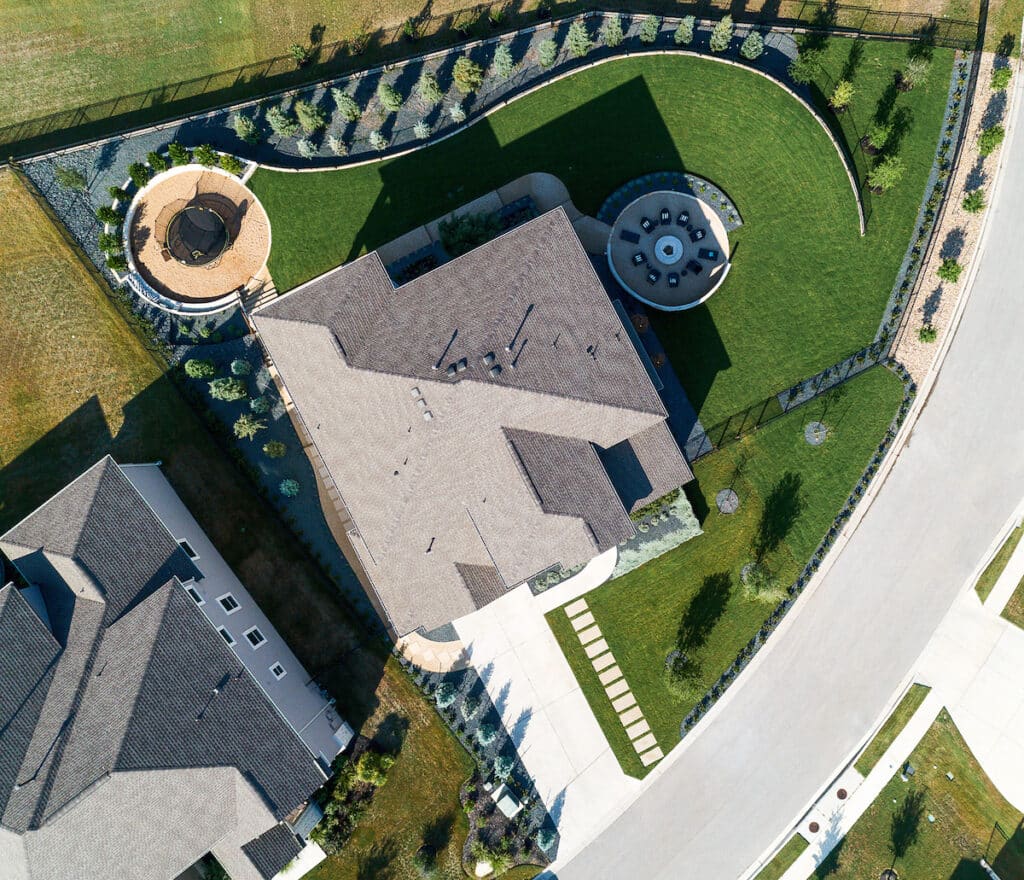
With so many new trends and ideas, the sky is the limit with our landscape designers! Are you ready to take the first step toward your dream yard?
Serving Austin and it’s greater areas including: Leander, Liberty Hill, Georgetown, Cedar Park, Round Rock, Pflugerville, Lago Vista, Lakeway, Marble Falls, Burnet, and Bertram
